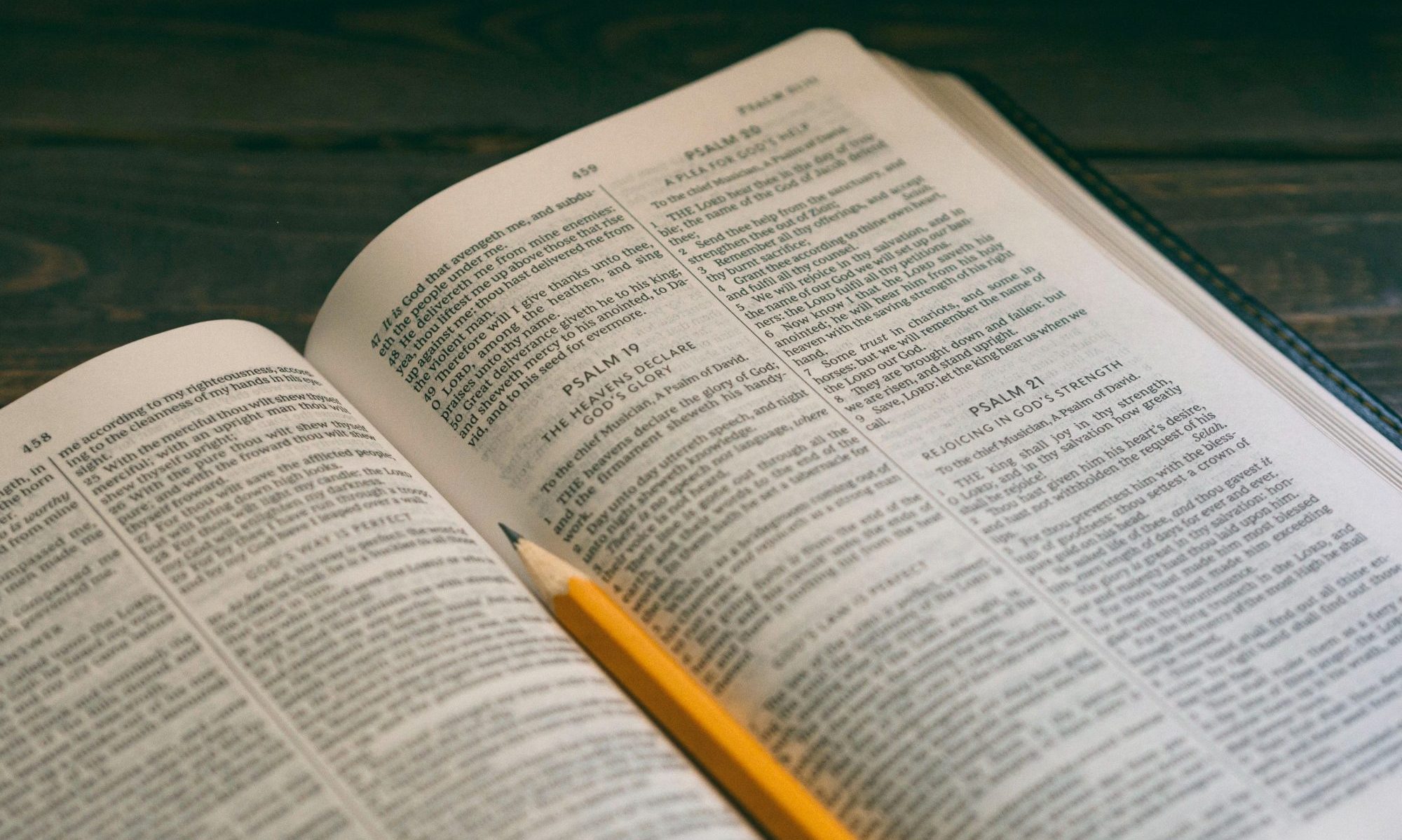Please read 2 Samuel 1:1-4, 17-27 (NRSV) (The Message) out loud if possible.
As you read, consider these questions: What might God be saying to me in this passage? What jumps out at me? At the end of the reading, try to summarize your thoughts in a sentence or two before reading on.
My thoughts on this passage (Jenni Clarkson):
In this passage, David mourns his beloved Jonathan. I have never known grief like David knew. However, it is almost certain that I someday will. Death is, after all, one of our few guarantees in life.
David lamented his loss and his own barren feeling, telling the mountains, “let there be no dew or rain upon you…” Modernist poet (and gay man), WH Auden (1907-1973) expressed grief and anguish in a similar way. His poem, “Funeral Blues” begins
Stop all the clocks, cut off the telephone,
Prevent the dog from barking with a juicy bone.
Silence the pianos and with muffled drum
Bring out the coffin, let the mourners come.
The poem is heart wrenching. (Google it, or better yet, look it up at your local library.) It is a masterful poem.
While Auden’s grief is art, David’s grief is scripture. The difference I see between the two is simple: faith. Though Auden would later have a conversion experience and join the Episcopal Church in 1940, the Funeral Blues poem is from an earlier period, first published in 1936. The last line of the poem is “For nothing now can ever come to any good.” Yet I believe that David, centuries before, knew that was not so. Remember that David is the same one who so fiercely believed in God and that God was with him that he was able to stand up to a giant. He’s is also the one who wrote, “The Lord is my Shepherd…though I walk through the valley of the shadow of death, I fear not…” David knew the exquisite pain and anguish of losing the one he loved, but he also knew the love of the One who was always with him.
Thought for today: Even when you face the valley of the shadow of death, know that God is with you.
We encourage you to include a time of prayer with this reading. Use the item above as a starting point, or consider the guidelines on the How to Pray page.
